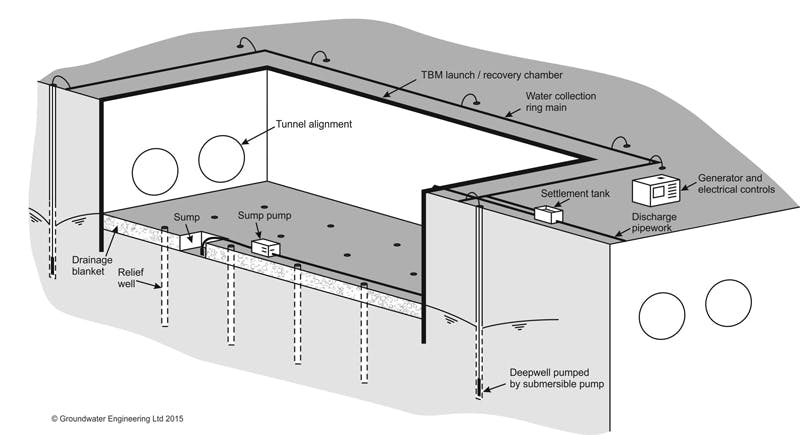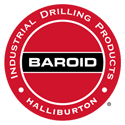What is Dewatering?
23 January 2014On construction and mining projects, groundwater can be a major obstacle to safe, efficient and cost effective excavation. Dewatering is the process of dealing with groundwater to allow excavations to be carried out in workable dry conditions. If done well, dewatering will be a seamless part of the construction temporary works and excavation process. It is essential that dewatering is planned and implemented well because, If it is done badly, dewatering will not adequately dry out and stabilise the excavation and long construction delays, cost over runs and possibly major instability will result.
Dewatering is sometimes known as groundwater control, and this is a useful description because it reminds us that the primary objective should be to control groundwater in and around the excavation. It may be necessary to control groundwater for several reasons, including:
- To prevent the excavation from flooding as a result of groundwater inflows from water-bearing layers of soil or rocks
- To control pore water pressures in the side slopes of the excavation to improve factors of safety for slope stability and to prevent damage to slopes due to seepage erosion
- To reduce uplift pressures on the floor of an excavation to reduce the risk of a base heave or piping failure
- To reduce hydrostatic loads on excavation retaining structures such as propped diaphragm walls.

Dewatering and groundwater control methods can be grouped into two main types: exclusion or pumping.
Groundwater Control by Exclusion
In this approach an impermeable physical cut-off wall is used to exclude groundwater from the excavation. If an impermeable stratum exists at shallow depth beneath the excavation then the cut-off wall can penetrate down to that stratum to create a full cut-off. This approach can be very useful when it is desired to reduce or avoid the amount of groundwater pumping, for example if the effects of groundwater lowering on neighbouring structures must be minimized.
Groundwater Control by Pumping
This approach involves pumping groundwater from an array of wells or sumps (located in or around the excavation) with the aim of temporarily lowering groundwater levels to allow excavation to be carried out in dry and stable conditions.
The simplest groundwater pumping method used for dewatering is sump pumping, where groundwater is allowed to enter the excavation, from where it is then collected in a sump and pumped away by robust solids handling pumps. Sump pumping can be a useful method in many ground conditions (for example in fissured rock or in coarse gravels), but seepage into the excavation can create the risk of instability and other construction problems.
Pre-drainage methods have the advantage that they can lower groundwater levels in advance of excavation and so prevent significant groundwater seepage into the excavation and. Pre-drainage methods include:
- Deep wells
- Wellpoints
- Eductors
- Vacuum wells
- Horizontal wells.
Other specialist pumping techniques can also be used:
- Relief wells
- Artificial recharge
- Siphon drains.
The selection of the dewatering technique or techniques at a particular site or country will depend on many factors. This will be discussed in later blog posts.
For more information download Groundwater Engineering’s Technology Data Sheet on Construction Dewatering.
Blog
Dewatering for Basement Construction
12 March 2016Groundwater can be a significant problem when excavating for basement construction. This blog discusses the available techniques that can be used to dewater during basement construction.
Read More




